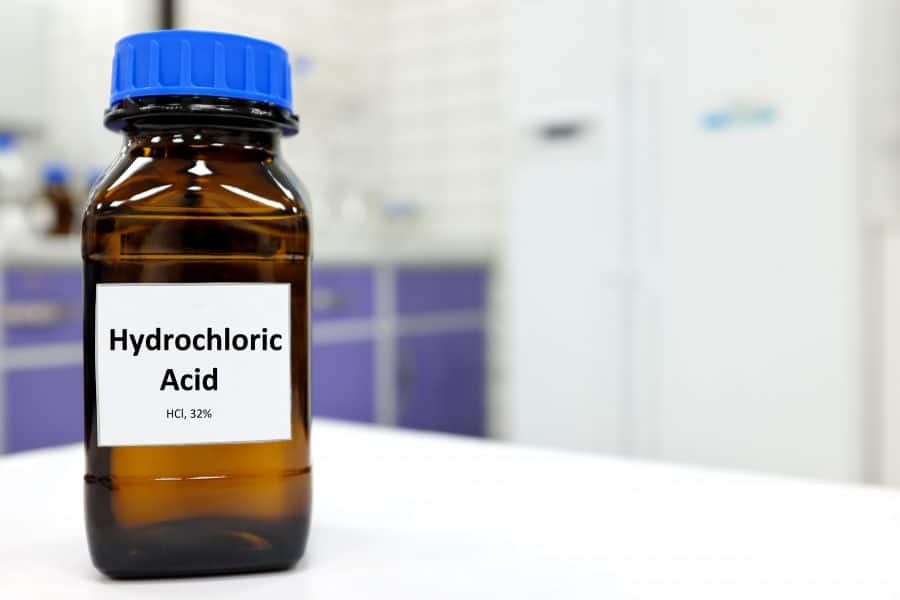| Spilled hydrochloric acid should be removed immediately by flushing the contaminated area with copious quantities of water. Then use Sodium Bicarbonate to neutralize the last remaining traces of the spilled acid. Speed-up the removal of the patient from the contaminated atmosphere and hydrochloric acid from the skin or eyes, it is of primary importance. Individuals who have been exposed to a high concentration of hydrogen chloride or who have had hydrochloric acid spilled, splashed or sprayed upon them should be subjected immediately to a drenching shower of water. Contaminated clothing should be removed as rapidly as possible, while under shower. It must not be stored along with other chemicals.It must be carried & stored in properly designed FRP, Plastic, Rubber lined or PVC tanks or vessels or containers. Always use rubber gloves & goggles during its handling. If even a minute quantity of hydrochloric acid, strong or dilute, enters the eyes or if the eyes have been exposed to hydrochloric acid then eyes should be irrigated with running water at least for fifteen minutes.If help is not immediately available, the eye irrigation should be continued for a second period of fifteen minutes, the eyelids should be held apart during the irrigation to ensure that water contacts all accessible tissues of the eyes and lids. |

